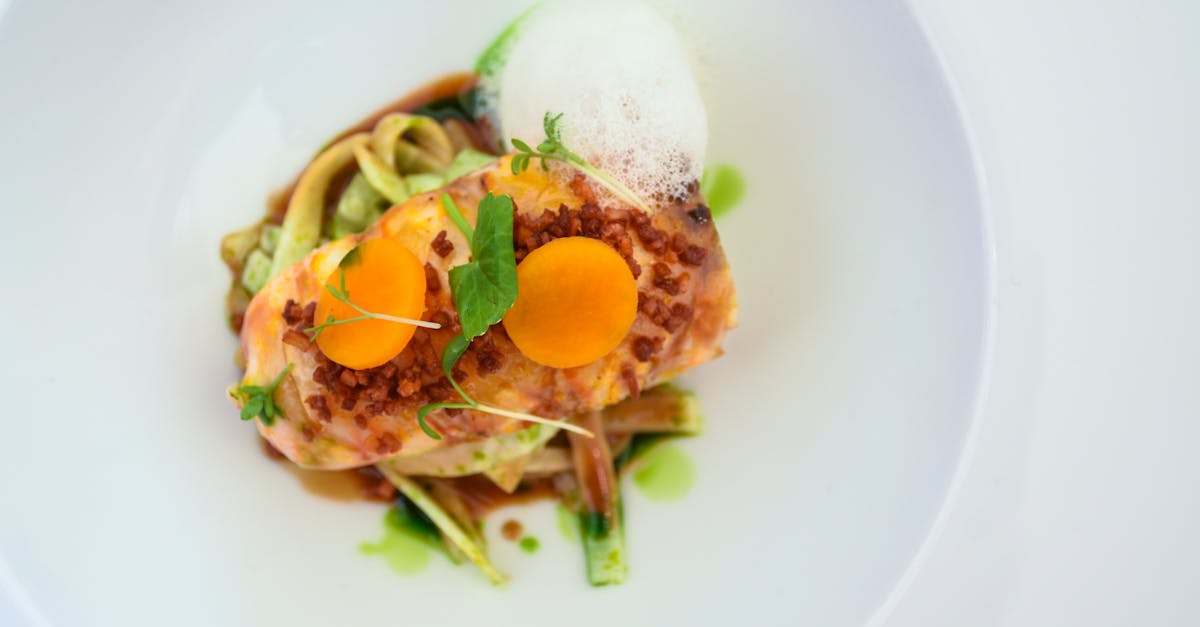
Introduction to Gastronomic Evolution
The world of gastronomy is on the brink of a transformative evolution, a culinary renaissance poised to redefine how we perceive food. As we move toward 2025, chefs and food technologists are working hand-in-hand to revolutionize eating habits, driven by advancements in technology, a deeper understanding of nutrition, and a global shift toward sustainability. This forward-looking glance reveals a future where dining experiences are enriched by cutting-edge innovations. Chefs are embracing precision cooking, leveraging data analytics to perfect their creations. Meanwhile, the rise of plant-based alternatives is gaining momentum, guided by both environmental concerns and evolving dietary preferences. The next few years promise a culinary landscape that balances tradition with technological progression, setting the stage for a delectable future.
Tech-Driven Culinary Craft
Technology's integration into kitchens is anticipated to reach new heights by 2025, marking a paradigm shift in culinary arts. From AI-powered kitchen assistants to advanced cooking devices, precision and efficiency will be at the forefront of future dining experiences. Robotics will play a role in automating repetitive kitchen tasks, allowing chefs to focus on creativity and presentation. Meanwhile, molecular gastronomy will advance with 3D food printing, enabling chefs to experiment with textures and flavors like never before. This melding of technology with cuisine will ensure that future dining not only tantalizes the taste buds but also provides a multi-sensory adventure.
Rise of Plant-Based Innovation
The plant-based movement is steadily gaining traction, and by 2025, it is set to become a central theme of gastronomy. This shift is driven by increasing environmental awareness and a desire for sustainable living. Novel plant-based substitutes like lab-grown meat and seafood made from cell cultures will offer nutritious alternatives without compromising taste or texture. The development of hybrid foods that combine plant and animal proteins will cater to those seeking a balance between traditional and contemporary dining preferences. This evolution of ingredients promises a diverse palette of flavors that not only satiates appetites but also respects the planet.
Fermentation and Probiotics Revolution
Fermentation, a practice rooted in tradition, is undergoing a modern revival. By 2025, probiotic-rich and fermented foods will have become gastronomical staples. This trend highlights the growing awareness of gut health and its influence on overall well-being. Fermented products like kombucha, kimchi, and sourdough will feature prominently on menus worldwide, providing diners with culinary experiences that simultaneously delight and nourish. Innovations in fermentation technology will enable chefs to craft unique flavor profiles, expanding the boundaries of traditional cuisine and introducing palates to new culinary horizons.
Farm to Fork Reinvented
The distance between farm and fork is being reevaluated as urban and vertical farming redefines local produce sourcing. By 2025, these innovative agricultural practices will ensure fresh, high-quality ingredients are accessible year-round. Urban farms will flourish atop city skyscrapers and subterranean structures, providing chefs with fresh, hyper-local produce. Such developments will encourage a renewed focus on seasonality and change the way cuisines around the world are crafted. This movement will decrease agricultural waste, reduce carbon footprints, and aid in the cultivation of fresher, more flavorful ingredients. The reimagining of "local" will spawn a renewed appreciation for authenticity in dining experiences.
Personalized Nutritional Journeys
As personalization becomes paramount, future gastronomic innovations will focus on individualized nutrition. By 2025, dishes will be tailored to meet specific health objectives, dietary preferences, and genetic predispositions. Nutritional genomics will guide chefs in crafting meals that cater to individual nutrient absorption rates and metabolic pathways. Advanced analytics will offer precise dietary recommendations, allowing guests to receive meals that perfectly align with their health goals. Through wearable technology, consumers will be able to monitor their nutritional intake in real-time, turning dining into a personalized nutritional journey.
Eco-Conscious Eateries
With sustainability at the heart of future dining initiatives, eco-conscious restaurants will dominate the culinary scene by 2025. These establishments will prioritize zero-waste initiatives, making sustainable sourcing and minimized waste key pillars of their operations. Innovative methods will be explored to repurpose surplus ingredients, ensuring little to no waste leaves the kitchen. Menus will feature locally sourced, seasonal ingredients. Green architecture and biodegradable packaging will further reduce the environmental impact, creating a dining experience that feeds the soul while protecting the Earth.
Augmented Reality Dining Experiences
In the future, dining will extend beyond the plate, as augmented reality (AR) introduces an immersive culinary dimension. AR will allow diners to interact with their meals like never before, visualizing ingredient origins, nutritional content, and preparation methods in real-time. The technology could also offer multisensory experiences by projecting holographic depictions of dishes, engaging other senses such as sight and sound. This fusion of tech and taste will redefine storytelling at the dining table, transforming meals into engaging experiences that connect people with the origins and ethos of their food.
Collaborations Spanning Borders
Gastronomical Glance 2025 envisions a vibrant tapestry of cultural cross-pollination, catalyzed by global chef collaborations and exchanges. By working beyond geographical boundaries, culinary innovators aim to blend techniques, ingredients, and traditions from different regions, creating fused culinary offerings that appeal to a global audience. The popularity of fusion cuisines will normalize the eclectic incorporation of international flavors, leading to a world where culinary boundaries fade and dishes become universal languages of culture and community. Workshops, festivals, and digital platforms will facilitate ongoing cultural exchange, enhancing global culinary consciousness.
Conclusion Crafting a Savory Future
As we navigate this exciting culinary journey into 2025, the realm of gastronomy stands on the cusp of unprecedented transformation. Technological advancements, sustainability, personalized nutrition, and cultural collaborations pave the way to richer, more mindful dining experiences. By embracing these changes, we shape a future where gastronomy is not just about eating but becoming a comprehensive sensory event. With innovation as its guide, the culinary world is set to redefine flavors, textures, and traditions. The gastronomical future is a multi-faceted canvas, eagerly awaiting a blend of innovation and inspiration.